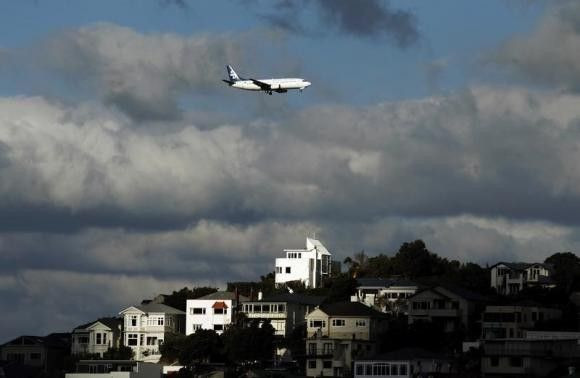New Zealand's Regions To Get Service Of A Private Airliner:: Demand Up For SlashIng Airport Charges

There is good news for New Zealand's regions. Their anguish was visible after Air New Zealand's decided to pull out of non-lucrative regional routes and close its subsidiary Eagle Air. The news is that New Zealand's regional airline, Sunair Aviation, has stepped in with the offer to fly in the abandoned routes. Sunair Aviation has announced that it is keen to boost New Zealand regional services in a big way. According to its chief executive, Dan Power, the main reason for inflated regional airfares was big airport charges.
Business People
Power said, even though Sunair would not want to compete with Air New Zealand, it is willing to "take up the routes being left by Air New Zealand in the North Island." Most air travellers in New Zealand's regions have been business people who fly between different regional centres, reported TV. Nz. Sunair needs this kind of a target group of travellers to operate for Kaitaia and Whakatane.
Sunair will formally talk to Kaitaia and Whakatane airport authorities owned by the local councils. But Power noted that airports have to play a responsible role if they wanted to keep the regional routes busy. Kaitaia and Whakatane were exited by the national carrier, signalling lack of patronage and high costs. But Sunair has been running its operations for the past two decades, offering regular daily flights on its 15-plane fleet between regional North Island hubs like Hamilton, Gisborne, Rotorua, Whitianga and Napier.
Airports As Amenities
Power said regions need a pragmatic approach to retain connectivity through air services. "The reason why Air New Zealand and other operators are struggling with thin routes in New Zealand is because of the rising cost of infrastructure placed on this industry. There has been 50 percent increases in airport charges in the last two years," Power said, according to NBR report.
Airlines pay service charges to the state-owned air controller Airways Corp, as well as landing fees to airports. He urged the councils to treat airports as amenities and not as revenue engines. As the airports get less operators, they slap heavy charges to the remaining players and the never-ending spiral ultimately leads to oblivion. "But our regional airline clearly sees an opportunity where Air New Zealand suffered losses," Power claimed. The national carrier in early November said it was pulling out of seven regional routes, as the cost of maintaining the 19-seat aircraft fleet has been pinching its bottomline, with costs exceeding more than $1 million a month, especially in the past two years.





















